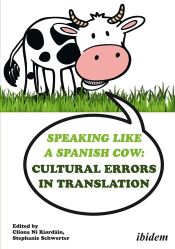Obligation Versus Free Will in Khayyam’s Poetry. A Linguistic and Verbal Art Theoretic Account. Maryam Bordbar; Ferdows Aghagolzadeh.
Advances in Language and Literary Studies, 7 (2016) 6, pp. 216–220.
Although Khayyam is one of the Persian poets whose school of thought and poems are studied the most, there is hardly a research in which his intellectual system is explained and made clear via a linguistic framework. In this paper one of the most debatable matters which is “Obligation” versus “Free Will” is dealt with by using Hasan’s (1989) linguistics and verbal art model. This model provides touchstones for clarifying the concepts which are foregrounded by the poet. In this study other than qualitative analysis of 33 Khayyam’s quatrains which are selected based on their contents they convey, quantitative analysis method of frequency calculation is used as well. The results approve this hypothesis that the notion of “obligation” is foregrounded by linguistic tools against “Free will” as background.
